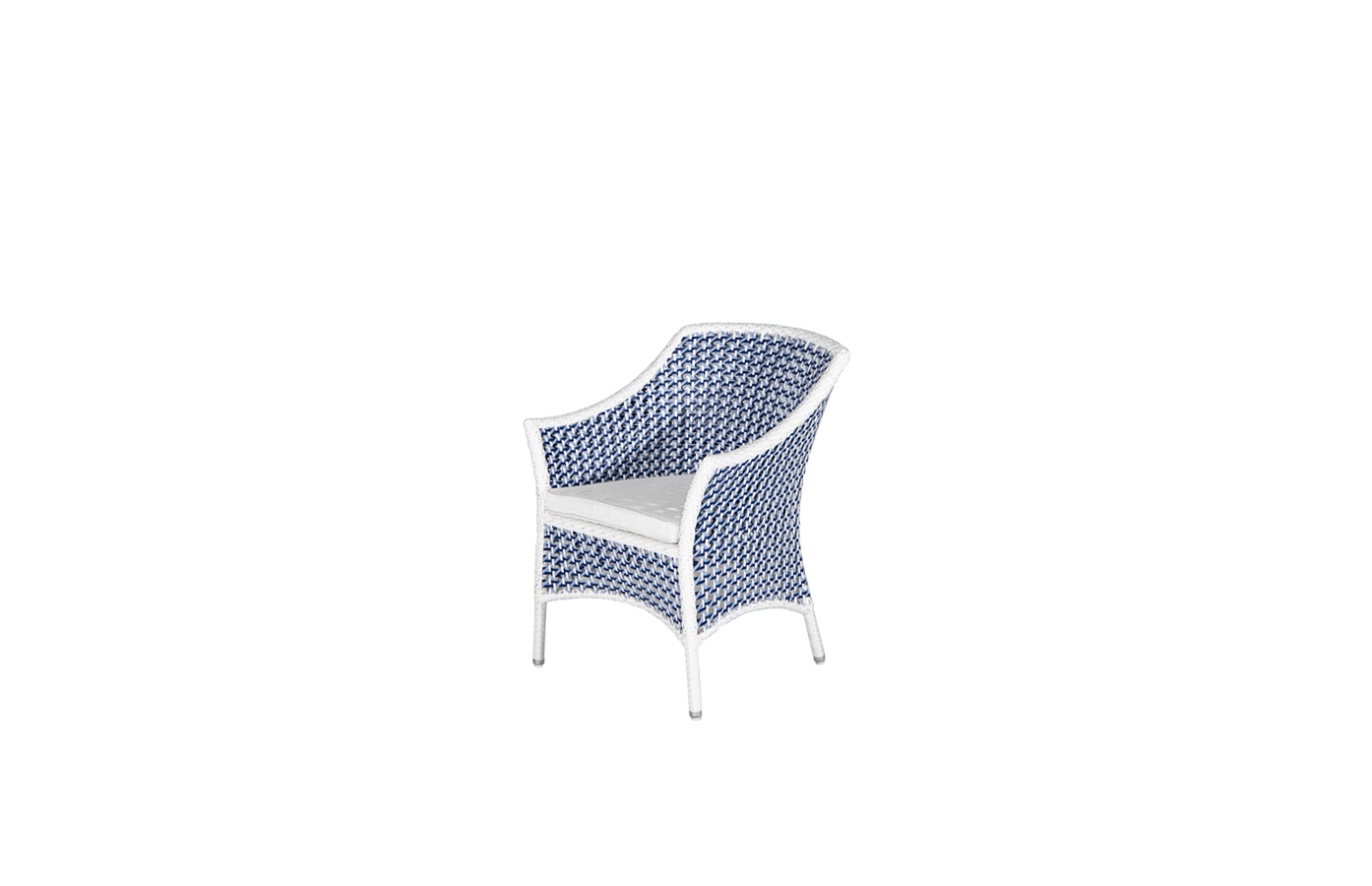Chinese furniture is more than just functional pieces; it is a significant reflection of the rich history, culture, and artistry of China. The evolution of this furniture style spans centuries, showcasing a spectrum of designs, materials, and techniques that have stood the test of time. This article delves into the fascinating aspects of Chinese furniture, including its historical context, characteristic features, craftsmanship, and its relevance in contemporary settings.
Historical Context
Chinese furniture can be traced back to ancient dynasties, with evidence of wooden furniture dating as far back as the Shang Dynasty (c. 1600-1046 BC). As dynasties rose and fell, so did the styles and preferences of furniture design. The Ming Dynasty (1368-1644) is considered the pinnacle of Chinese furniture craftsmanship, where simplicity and functionality were celebrated. With a focus on elegance and proportion, Ming furniture often featured clean lines and restrained ornamentation, embodying the ideals of Confucianism that emphasized balance and harmony.
In contrast, the Qing Dynasty (1644-1912) introduced more elaborate and ornate designs, influenced by the Manchu ruling class’s appreciation for grandeur and luxury. During this period, you see an increased use of intricate carvings, lacquers, and rich textiles which catered to the tastes of the elite. The furniture made during this time was not only esteemed for its functionality but also as a symbol of status and wealth.

Exploring the Beauty and Functionality of Chinese Furniture: A Journey Through History, Craftsmanship, and Modern Usage
Characteristic Features

Exploring the Beauty and Functionality of Chinese Furniture: A Journey Through History, Craftsmanship, and Modern Usage
One of the most captivating aspects of Chinese furniture is its characteristic design elements. Traditional Chinese pieces often leverage hardwoods such as rosewood, teak, and mahogany, which are not only durable but also beautiful. The finishes on these woods accentuate their natural grains and textures, creating a warm aesthetic that is highly sought after.
Chinese furniture is known for its unique joinery techniques, particularly the absence of nails. Instead, artisans employed intricate methods such as mortise and tenon joints, which illustrated their expertise and attention to detail. This not only enhanced the structural integrity of the furniture but also showcased the timeless qualities of Chinese craftsmanship.
Additionally, Chinese furniture often reflects philosophical themes. For example, the presence of circular motifs symbolizes unity and harmony, while certain animals and plants carved into the designs might convey auspicious meanings. This alignment of furniture design with deeper cultural narratives makes Chinese furniture a fusion of art and significance.
Craftsmanship

Exploring the Beauty and Functionality of Chinese Furniture: A Journey Through History, Craftsmanship, and Modern Usage
The craftsmanship of Chinese furniture is a meticulous process that requires years of training and experience. Each piece is often handcrafted by skilled artisans who have honed their skills over generations. The attention to detail in design, carving, and finishing highlights the level of care that goes into every item.
Artisans employ traditional techniques that have been passed down through generations, such as wood conditioning, joining methods, and surface finishing. Many craftspeople dedicate themselves to specific furniture styles, such as the renowned Yixing pottery or the exquisite lacquer work found in certain collections. This dedication to quality and tradition means that each piece of Chinese furniture can often tell a story of its own, rooted in the culture and history of the region.
Contemporary Usage
As the world continues to embrace global design influences, Chinese furniture has found its place in modern interiors. The timeless elegance of Chinese designs complements various aesthetics, from contemporary to eclectic. With an increasing appreciation for sustainability and handcrafted items, many homeowners are opting for authentic Chinese pieces as both functional items and artistic statements.
Interior designers often integrate Chinese furniture into their projects to add a touch of history and art to living spaces. From antique pieces that evoke nostalgia to newly crafted items that embody classic designs, Chinese furniture enriches homes with a blend of tradition and modernity.
Conclusion
Chinese furniture, with its intricate craftsmanship, deep cultural significance, and historical richness, continues to captivate people worldwide. The preservation of these traditional designs, alongside their incorporation into modern spaces, ensures that Chinese furniture remains not only a testament to superior artistry but also a timeless element of interior decoration. Whether as a collector’s item, a functional piece of art, or a bridge between the past and present, Chinese furniture stands as a remarkable symbol of cultural heritage. Sailing




